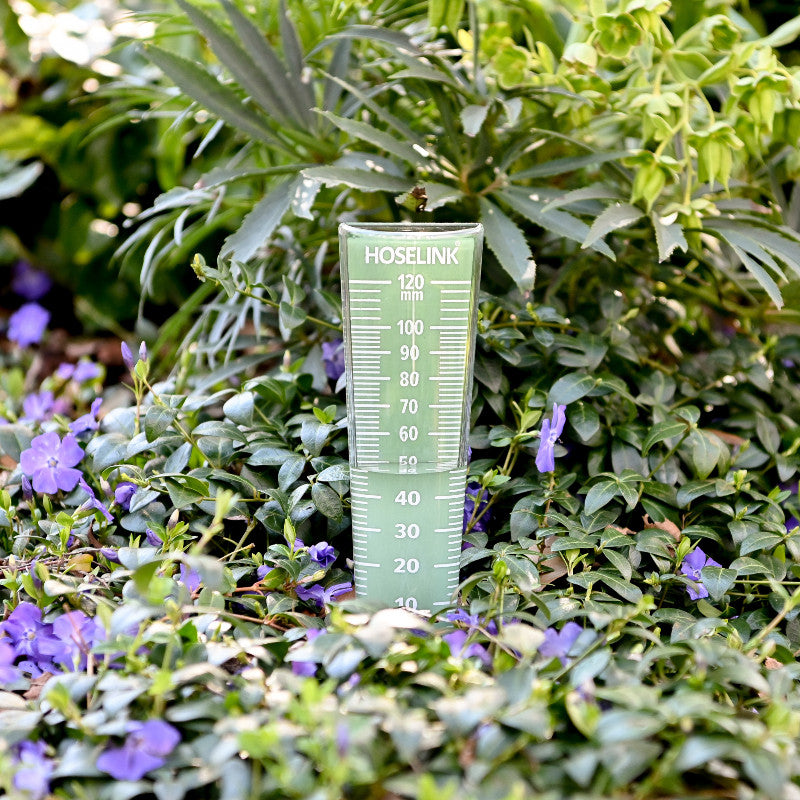How a Rain Gauge Can Enhance Your Recognizing of Local Climate Patterns
How a Rain Gauge Can Enhance Your Recognizing of Local Climate Patterns
Blog Article
Introducing the Science Behind Rain Evaluates: Just How These Devices Play an Essential Function in Environment Research and Environmental Tracking
Rainfall gauges, relatively basic devices, hold a profound relevance in the realm of environment research and environmental monitoring. These unassuming instruments quietly accumulate among nature's most necessary components-- rainfall. Behind their plain exterior exists a complex scientific research that is indispensable for understanding the dynamics of our setting. As we peel back the layers of this scientific veil surrounding rain determines, we reveal a world where precision, data accuracy, and precise observation converge to introduce a much deeper understanding of our changing environment and its effect on the earth.
Relevance of Rainfall Gauges
Rainfall determines play an important role in surveillance and determining precipitation degrees, providing important data for environment research and evaluation. These devices are essential in evaluating the amount of rainfall that happens in a certain area over a certain duration. By gathering and determining rainwater, rain gauges deal valuable understandings into the distribution and intensity of precipitation, aiding meteorologists, hydrologists, and climatologists in recognizing weather condition patterns and trends.
Among the vital reasons that rain determines are vital is their capability to give localized and exact data. Unlike satellite or radar-based dimensions, which offer more comprehensive observations, rainfall evaluates deal exact info details to the area where they are placed. This local data is crucial for numerous applications, including flood forecasting, drought monitoring, and water source administration. In addition, long-term data gathered from rainfall gauges helps in analyzing environment adjustment effects and patterns, contributing significantly to scientific study and decision-making processes. Basically, rainfall gauges serve as necessary devices in the field of meteorology and ecological scientific research, playing a vital duty in advancing our understanding of climate and environment characteristics.
Sorts Of Rain Gauges

Functionality and Procedure
In the world of environment research and atmospheric studies, the performance of rain gauges lies in their complex performance and specific operational devices. Rain determines are created to precisely gauge the amount of rainfall that falls over a certain area throughout a collection period.
The capability of rain determines is based on the concept of collecting and determining rain in a standardized way. This collected data is critical for recognizing local weather condition patterns, tracking lasting climate patterns, and analyzing environmental effects. To ensure precise dimensions, rainfall gauges requirement to be strategically placed in open locations far from blockages such as buildings or trees that might hinder the collection procedure.
The operational element of rainfall determines involves regular maintenance to avoid particles accumulation, calibration checks to maintain dimension accuracy, and data recording for evaluation (rain gauge). Overall, the performance and read the full info here procedure of rain gauges are vital for collecting dependable rainfall information essential to environment research study and ecological monitoring
Role in Climate Research
Given the vital value of precise rainfall measurements in comprehending weather condition patterns and environmental effects, the role of rain evaluates in climate research is essential. Rain evaluates offer important data for environment research by quantifying the amount of rainfall that drops over a certain area during a given duration. This information is important for checking lasting patterns in precipitation patterns, assessing the influence of environment change on rains circulation, and enhancing climate versions.

Environment researchers use data accumulated from rain determines to examine variations in rainfall degrees, determine local climate fads, and assess the performance of water resource monitoring techniques. By contrasting historical rainfall information with present measurements, researchers can detect shifts in precipitation patterns, such as adjustments in the frequency or intensity of rainfall occasions. This info is essential for recognizing exactly how climate change is affecting precipitation dynamics and can assist policymakers make informed decisions pertaining to adaptation and mitigation methods.
Applications in Ecological Monitoring

In flooding projecting, rain gauge information aids to track rains intensity and distribution, allowing authorities to release prompt warnings and take necessary measures to minimize flooding risks (rain Recommended Site gauge). Dry spell surveillance relies upon rain scale data to evaluate moisture levels in the dirt and track precipitation deficits, aiding in the recognition of drought-prone locations and the execution of dry spell action approaches
Additionally, rain gauge information plays a vital function in water source monitoring by providing info on water availability and usage patterns. Furthermore, in agriculture, rainfall gauge information aids farmers in optimizing watering routines, plant selection, and overall farm monitoring practices based on local precipitation patterns.
Verdict
In verdict, rainfall gauges are vital tools for measuring precipitation, supplying valuable information for climate research and ecological monitoring. With various types and functionalities, rainfall evaluates play a crucial duty in comprehending rainfall he has a good point patterns and their effect on the setting. By properly measuring rainfall, these gadgets contribute to the improvement of scientific expertise and aid in making informed choices relevant to water source administration and disaster readiness.
Rainfall evaluates play a vital function in tracking and measuring rainfall levels, providing essential information for climate research and evaluation. The conventional rain scale, understood as the "tipping bucket" scale, is one of the most typically used gadgets. Ultrasonic rain determines use sound waves to find the presence of rainfall, providing real-time information on precipitation degrees.Climate scientists use information gathered from rain evaluates to assess variations in precipitation levels, recognize regional environment trends, and review the efficiency of water source management approaches.In final thought, rainfall evaluates are crucial tools for gauging precipitation, supplying valuable information for environment research and ecological monitoring.
Report this page